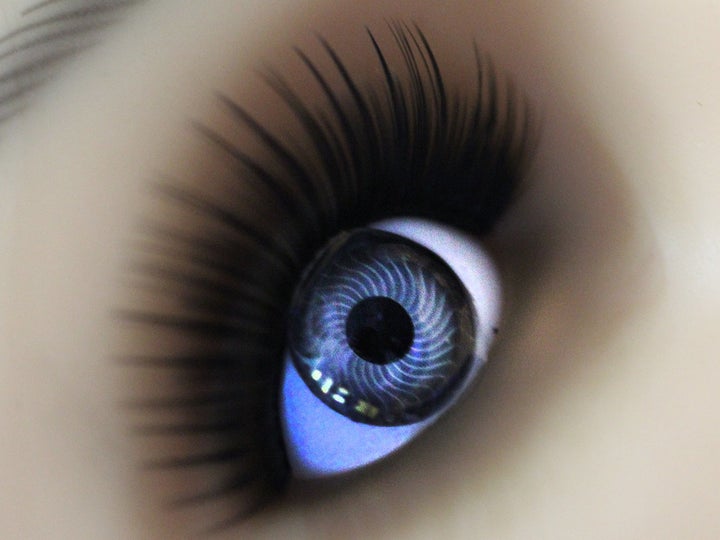For people living with type 1 diabetes, taking blood sugar readings throughout the day, and using a finger prick technique to draw blood, is not only time consuming but also requires you to remember (easier said than done).
But now scientists have designed a piece of wearable technology that could potentially passively check in on your condition over the course of 24 hours, without you even having to bat an eyelid.
The smart contact lens, designed by a team of Korean researchers and reported in Science Advances, doubles up as a blood sugar monitor.

This isn’t the first contact lens designed to perform such a function (Verily had a go before) but all previous attempts ended up failing up the first hurdle because they couldn’t be used again and again.
The older designs required rigid electronic software to be embedded in the lens, making them brittle and subject to degrading over a short period of time.
But in this prototype rigid electronic components are isolated into ‘islands’ by interconnected stretchable conductors.
From a user point of view, this design difference is important because it made from a soft, stretchable, transparent material, like normal contact lenses, so it doesn’t distort your vision.
Fundamentally, people might actually be willing to wear it.
“This gets close to a solution that you can imagine a patient using,” Gregory Herman a chemical engineer at Oregon State University, who is working on similar technology, told Spectrum.

The lens is able to wirelessly receive power and generate an LED display.
Then in order to check in on your blood glucose levels, it is not invasive, and simply needs to collect your tears (or excess water on the surface of your eye) for testing.
When the user’s glucose levels are normal the LED light stays on, and when the levels move out of the normal range the light turns off.
The flexible nature of the lens also means it is protected from being damaged when you are handling it and getting it into your eye.
Park says he and his team would like to apply the smart contact lens design to other medical applications, such as drug delivery. For the glucose monitoring application, he says he hopes for commercialization in the next five years.
